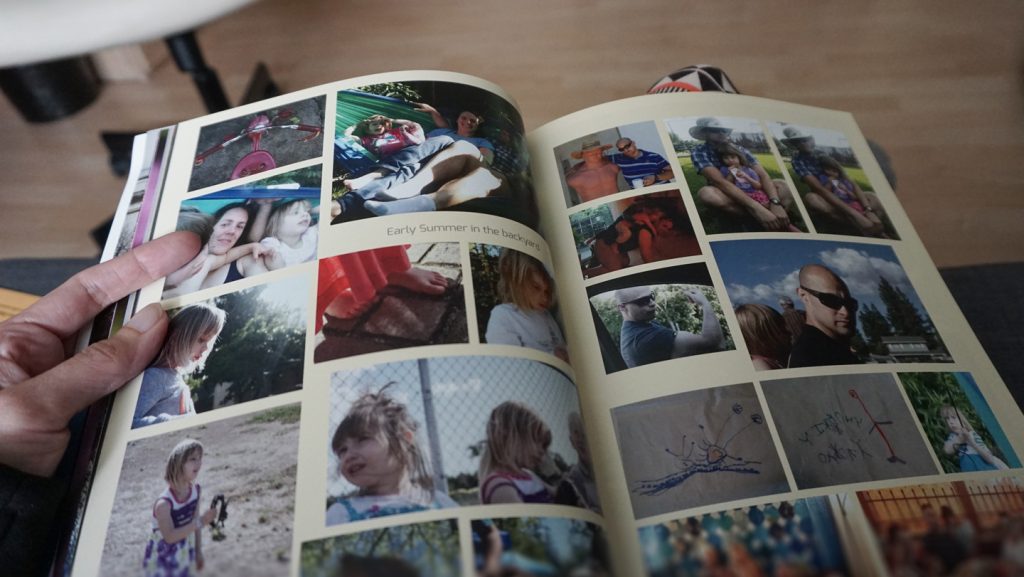A Journey Through Memory: How Emotions Shape What We Remember
Chenyang (Leo) Lin’s experience hiking in New Hampshire’s forests stands as a perfect example of how our memories work in fascinating and sometimes unexpected ways. As a brain and behavior expert from Boston University who grew up in coastal southern China, Lin was naturally captivated by the towering trees and scurrying squirrels he encountered during his hike – sights completely foreign to him. Interestingly, his memory also preserved something much more ordinary: chickens he saw on the way to the hiking trail. This seemingly trivial detail, stored alongside the novel experience of American woodland creatures, provides a window into the complex mechanisms of human memory formation.
This personal experience now informs Lin’s research, which explores why both extraordinary and ordinary moments become linked in our memories. In a study published in September 2024 in Science Advances, Lin and his colleagues demonstrated that emotionally significant events help people remember details they would typically forget. The research suggests that our brains effectively “tether” similar objects and events together in memory, which explains why Lin remembers those mundane chickens alongside the fascinating squirrels. This understanding of memory mechanisms has profound implications, potentially helping students retain information more effectively or aiding therapists in treating trauma patients.
The theoretical foundation for this research dates back to the 1990s with the “tag and capture” hypothesis. This theory proposes that everyday memories create temporary neuronal tags that normally fade within hours. However, when a powerful emotional memory forms shortly after an ordinary event, it triggers a localized protein release in the hippocampus and connected neural networks. The previously tagged neurons can then “capture” these proteins, effectively binding weaker memories to stronger ones. This biochemical process explains why emotionally significant experiences can strengthen related memories that would otherwise be forgotten.
To test this hypothesis, Lin’s team conducted experiments with over 100 participants who viewed sequences of animals and everyday tools on a computer. First, participants simply observed dozens of images. In the second phase, they viewed similar images but with rewards attached to identification tasks – half received large rewards for correctly labeling animals and small rewards for tools, while the other half experienced the opposite reward structure. When surprisingly tested the following day about what they had seen initially, the results were revealing: participants who received big rewards for identifying animals showed approximately 5% better recall of previously viewed animals compared to those who received small rewards. Interestingly, large rewards for tools didn’t improve memory for previously seen tools, which Lin suggests might be because people naturally formed stronger initial memories of familiar tools than animals.
The research uncovered another fascinating aspect of memory formation: people demonstrated enhanced ability to form new memories after receiving a significant reward. Lin explains that after an emotionally charged event, the brain enters an aroused state that makes it more receptive to new information, allowing those memories to persist longer. This finding aligns with what cognitive neuroscientist Joseph Dunsmoor of The University of Texas at Austin describes as one of the first demonstrations that weak memories are more likely to be preserved when they relate conceptually to a stronger memory. “The thing that occurred in the past suddenly takes on more meaning,” notes Dunsmoor, who has conducted similar research.
While fully understanding the neurological mechanisms underlying memory formation remains an ongoing challenge, the practical applications of this research are promising and far-reaching. Lin suggests that therapists might someday help trauma survivors enhance ordinary memories that preceded a traumatic event to potentially reduce the emotional impact of the trauma itself. Similarly, educators could develop more effective teaching strategies by incorporating emotional or physical engagement – if a math problem mentions a character jumping, perhaps having students physically jump could strengthen their memory of the lesson. This growing understanding of how our brains selectively preserve experiences offers exciting possibilities for enhancing learning and addressing memory-related challenges in therapeutic settings.


